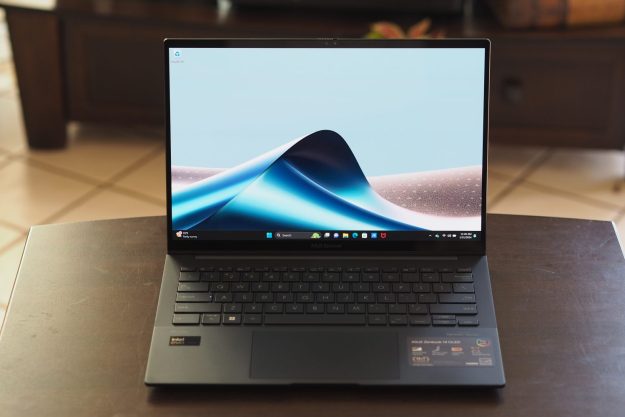In what’s believed to be the first such move by a major corporation, Canon has announced it intends to apply for its own .canon top-level domain (TLD) for global use on the Internet. The move may mark the beginning of a new “land rush” for top-level domains by major brands and manufacturers as they all try to claim their own spots on the Internet—and protect their trademarks—but registering their own TLDs.

The possibility of company-specific TLDs got preliminary approval from ICANN back in June 2008; however, the organization has been working to iron out how the process would be managed and what requirements would be both workable and fair to companies involved. (This is the same organization that hasn’t been able to set up a .xxx TLD for over a decade.) However, the new TLD more-open TLD system isn’t expected to go into place until the latter part of 2011—and that’s at the earliest—so Canon is truly jumping the gun with its announcement.
“With the adoption of the new gTLD system, which enables the direct utilization of the Canon brand, Canon hopes to globally integrate open communication policies that are intuitive and easier to remember compared with existing domain names such as ‘canon.com,'” the company wrote in a statement.
Not all stakeholders are happy with the way the new TLD system is emerging: for instance, Hewlett-Packard has expressed dismay that a .hp top-level domain won’t be permitted because it’s less than three letters. But once the system is in place, it potentially represents a goldmine of opportunity for domain registrars, as companies, brands, and even celebrities will have little choice but to rush to grab their own TLDs and protect their trademarks and intellectual property.


